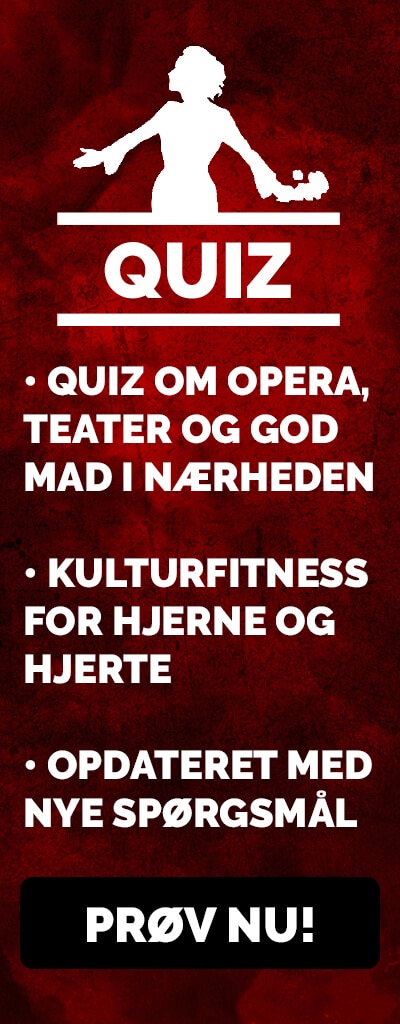DAS RHEINGOLD – LA MONNAIE BRUSSELS
★★★★★☆

Photo: Monika Rittershaus
REVIEW DAS RHEINGOLD: VISUAL TRIUMPH OF HIGH ARTISTIC CLASS
Das Rheingold, in Italian star director Romeo Castellucci’s highly anticipated production at La Monnaie in Brussels, is a visual marvel that, with the director’s usual flair for spectacular stage design, turbo-charged interpretations and formidable mass choreography, plays Wagner to triumph on a completely sold-out opening night in Brussels.
Castellucci opens with the most inciting Rhinegold intro I can remember seeing.
Out of nowhere, a golden, oversized hula hoop ring in shiny gold spins around itself, barely touching the floor of the empty, silent stage. Majestically rotating from slow to slower, in strict geometry, until the speed slows down completely and the ring falls to the ground, as if in a final, clattering exhalation.
Greatness and fall compressed into pure artistic essence. Wow.
Out of the darkness emerges a group of Rhine daughters in a mix of singers and dancers in shimmering gold catsuits – or are they actually naked and ghost-makeup 007-Goldfinger-style?
It’s hard to tell in the refined/dull lighting, which is broken by an enchanting golden drizzle with a sort of gold laser beam cutting through the water droplets, creating a surreal, symbolic atmosphere.
Add to this the now-initiated, iconic 136-bar overture, in which the long bright braids, swaying hips and open arms of the Rhine daughters seem to bathe themselves.
A golden moment interrupted by the creepy dwarf Alberich, who steals the precious metal and its secret: whoever forges a ring with this gold will dominate the universe if he renounces love.
From here, it’s all downhill for everyone involved in a complicated web of plot threads that tear apart the best and worst of essential human traits – power-hungry, greed, betrayal, fear, love, pride, evil, you name it.
A high-end cast of international star soloists is topped by Scottish tenor Nicky Spence, Wotan’s wingman, who in this version is transformed into a Tarantino-esque badass with a preference for cunning subterfuge and sadistic torture methods.
It’s certainly not pretty when Alberich is forced to hand over the Ring of Rhine Gold so that Wotan can pay for the construction of Valhalla, and thus free his pledged sister-in-law Freja, whom the giants Fasholt and Fafner are brutally brutal in their dealings with.
The orchestra is great under the direction of Wagner specialist Alain Altinoglu and has been praised to the skies in the international press, although I perhaps missed a bit more temperament and contrast in the soundscape. However, Altinoglu is known for creating space for the singers in the fat, Wagnerian sound paste, which is part of the equation.
Valhalla itself, the Castle of the Gods, is another scenic scoop. A large, white room with giant Greek/Roman reliefs on the walls and a floor covered with hundreds of naked extras writhing in agony while Wotan and his followers stomp through them unaffected – if they don’t actually topple large reliefs over the masses.
Humanity trampled underfoot by the gods? The people enslaved by a corrupt power elite? It’s spectacular and mysterious as Loge hatefully throws large balls of ink at black and white portraits of the Wotan family being wheeled into the palace.
An ink effect that is reused during the torture of the poor, naked Alberich (hard work for the excellent American baritone Scott Hendricks), who is strapped to a ring (of course) and doused with a sticky black mass (curse now also on a canister?) before being hoisted terrifyingly high up under the ceiling to dangle until he gives up.
Castellucci is known for his wild and violent extemporizations. This applies to twists in the plot as well as bizarre, visual portrayals of the characters’ inner psychology. Subtle philosophical points are generously laid out for the audience to decode.
I experienced his Don Giovanni in Salzburg 2021 where first a Volvo, then a grand piano and later a photocopier, was thrown from the ceiling while a goat walked across the stage and a party developed with handball goals, confetti machines and fat men in bikinis.
Not everything at Castellucci is decipherable, but creativity flourishes, the entertainment value is top-notch and the interpretations are fleshed out so that you can go for days wondering what you actually saw.
The ring interpreted as a black hole that swallows everything is ultimately clarified in the final scene of the work, where a gigantic gold ring from the back wall, without me realizing it, had become a large, black hole on the stage floor, which the endgame actors one by one let themselves fall into and be swallowed up by. Goodbayreuth!
Castellucci’s Rhingold is forged of great artistic power with superior technical prowess, in its astonishing execution of the show’s wild tableaux and acidic interpretations.
It continues at the Monnaie with Valkyrie i January 2024, which is well worth a trip before the Ring ends in the 2025 season. Castellucci has raised expectations for his further interpretation of this Brussels Ring, produced in collaboration with the Liceu Opera in Barcelona.
Five big stars from Got to See This.




